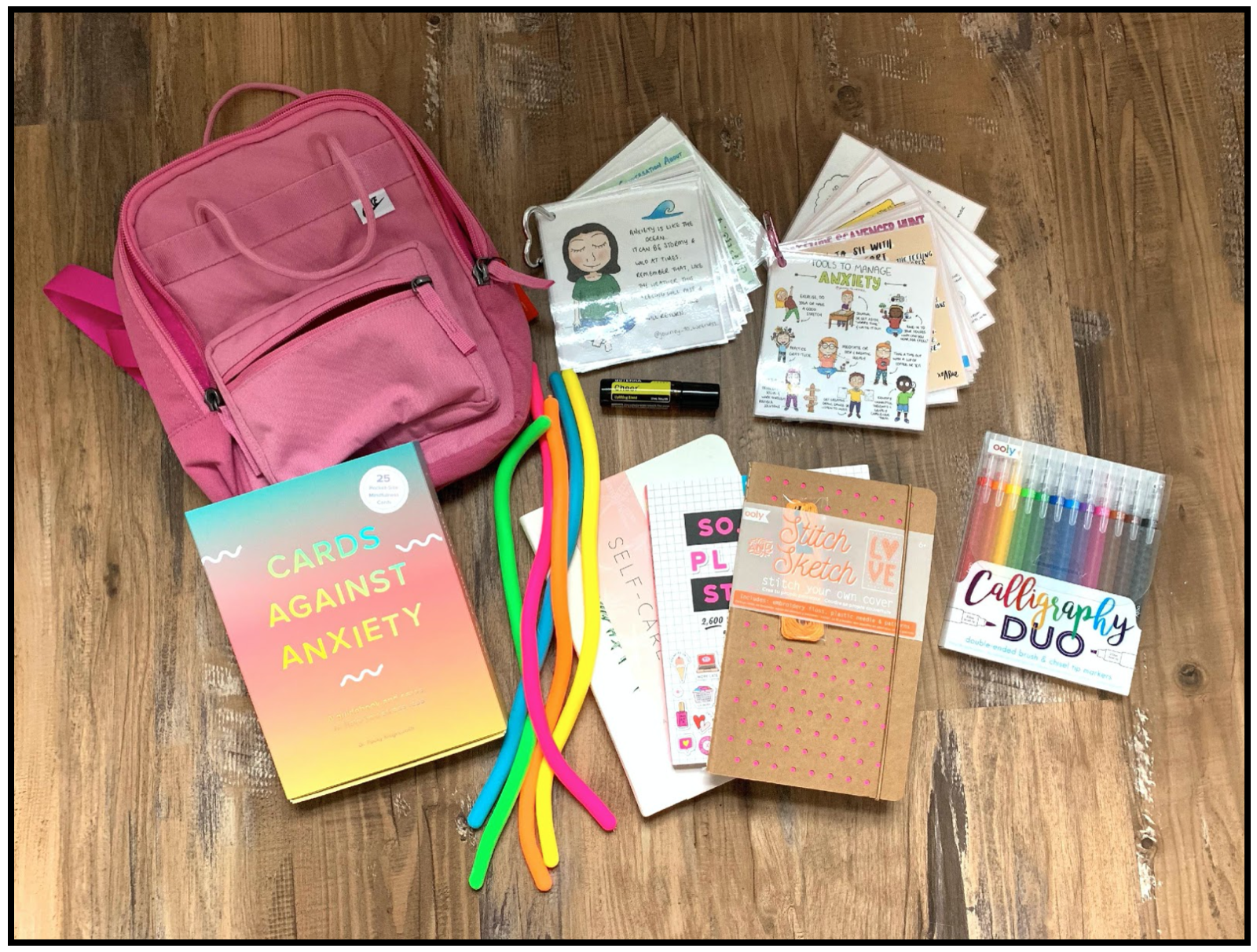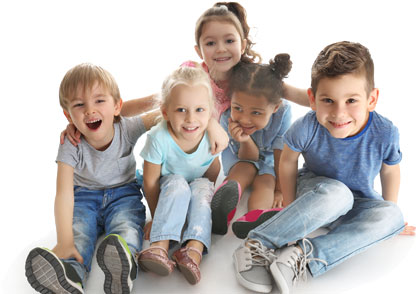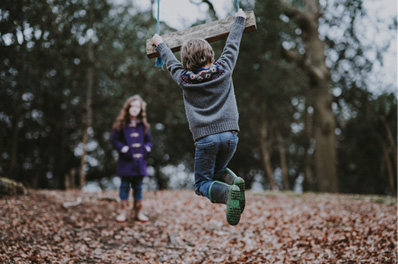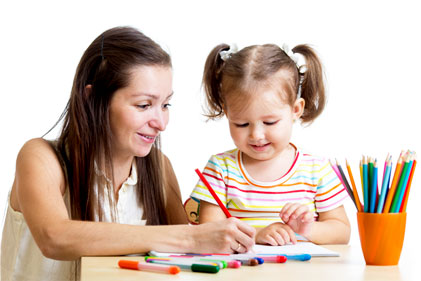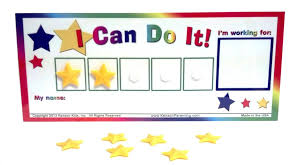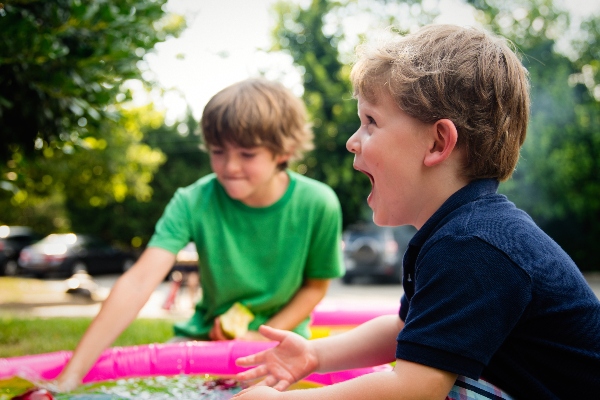We’ve all been there. The cookie aisle at the grocery store, leaving the playground before everyone else, waiting at the salon for an unwanted haircut – tantrums come hard and fast in those (and many other) situations. It’s a fact of life that kids have difficulty expressing their emotions in a healthy, socially appropriate manner.
For children on the Autism Spectrum, this challenge is often magnified due to symptoms of the disorder. As parents, the idea of fostering healthy coping skills in children (whether or not they have a disability) can be daunting.
If you’re not sure where to start, it’s right here! We are going to review how to teach your kids the basics of emotions and how to cope with them. Then, we will dive into how to make a coping skills toolkit to have with you in those dreaded oh-no-my-child-is-about-to-have-a-meltdown situations.
Teaching the Basics of Emotions
Emotions are part of our everyday life! There are no good or bad emotions, which you’ll surely know if you’ve ever watched Disney Pixar’s Inside Out. Negative emotions (like anger, frustration, and sadness) provide as much information about our environment as positive emotions (like happiness, contentment, and joy). We cannot have one without the other!
Before we dive into coping strategies, we need to help our kids identify how they are feeling. If you can name it, you can tame it! Start with teaching your child how to label emotions. The GBS blog post Teaching My Child Empathy has great suggestions for this. Follow Ashley’s steps for success! Once your child can consistently express how they are feeling, you can begin to teach coping skills.
Teaching Coping Skills
We all use coping skills everyday, consciously or unconsciously. Maybe it’s taking a deep breath, counting to ten, or dreaming about the glass of wine waiting for you at home. Either way, we learn throughout our lives to identify our feelings and manage them in a socially acceptable way. For kids with special needs, this can be especially challenging. What may work in one situation may not work in another. This is why we recommend creating an actual, physical toolkit to help during difficult times.

Start with the basics (e.g. deep breathing, grounding with your five senses). It is helpful to make a visual for each coping skill with step-by-step instructions on what is expected. Practice these skills when your child is not upset. This is so important! Imagine how you react when you are angry, building up to furious, and someone tells you to “calm down.” Typically, you don’t actually calm down.
Dedicate some time when everyone in the home is calm. Model the skill, and have your child role play using in various situations. For example, you might ask your child to pretend he can’t watch his favorite TV show. How would he feel? What could he do to express himself in a productive way? Once your child can implement the strategy independently during role plays, include it in your child’s toolkit, which we’ll talk about more in a bit.
It may be helpful to discuss situations in which you used coping skills of your own. Talk about what emotions you felt and how you handled them in a positive way. Difficult as it may be, model using these skills when your child sees you becoming upset.
Taking Role Playing a Step Further
Once your child is successfully identifying his emotions and using coping skills during role play, it’s time to get crafty! Create visuals for specific situations that are known to lead to intense emotions. The visual can remind your child of socially appropriate things to say and do with one’s body. This will help cue your child to respond with the appropriate replacement behaviors instead of the problem behavior, like tantrums.
Having your child rate the severity of the emotion he or she is experiencing from 1-10 helps your child put the problem in perspective. If appropriate, ask your child how much this problem/situation will matter in 1 minute, 1 day, 1 week, 1 month, 1 year, etc. Your child can learn that losing a board game when playing with the family is not the same as losing the World Series.
Putting It All Together
Creating a physical toolkit is a great way to help your kids when you are out of the house. Each toolkit will be unique, and depends on the preferences and age of the child. Have them help you put together his or her toolkit, and make it into a fun activity. Get a special bag or backpack that will only be used for this purpose.
Include items such as:
- Fidget toys
- Emotion charts
- Visuals of coping skill strategies
- Favorite smells (e.g. essential oils)
- Drawing pad/crayons
- Coloring books
- Journal
- Favorite snacks
- Favorite pictures
- Small stuffed animals
- Fine motor activities (string and beads, lacing cards, etc)
- Favorite book to read
- Noise cancelling headphones
- Preferred or calming music (nature sounds, classical music)
- Yoga activity cards
- Mini massager
- Weighted lap cushion
- Compression clothing
- Basic LEGO kits
- Puzzles
- Kaleidoscope
- Eye Mask (can be scented or unscented)
- Look & Find books
- Lotion
It is important to note that you may see your child using a coping skill effectively, and then all of sudden, it doesn’t seem to work anymore. Do not be alarmed! Guide them toward trying other coping skills until they find one that works. This is why we keep our toolkit full of strategies! And as always, don’t be afraid to reach out for support, whether that is your Graham appointed BCBA, a close friend or family member, or your own therapist. And as always, don’t hesitate to contact us with any questions!
Interested in starting services? Contact us to get the process started!


